About the blogger
My name is Tom and I am co-owner of Plukkers.com. I am the father of two beautiful daughters and I have a wonderful wife. When I turned a bare spot in the lawn into a herb garden in 2014, I got a very special feeling inside. I immediately felt that it was not a whim but the start of an irresistible and fiery passion. I wanted to know everything and also wrote down what I learned on my website Moestuinweetjes, which is now called Plukkers.com. I also want to inspire other people to grow their own food. At my house in Wielsbeke is my dream garden with a greenhouse, vegetable garden and a hobby vineyard with 333 vines. In addition to wine, I also make delicious beer at home to occasionally celebrate life in moderation. I toast with you to an exciting, richly filled life under the motto: "Make it yourself!"

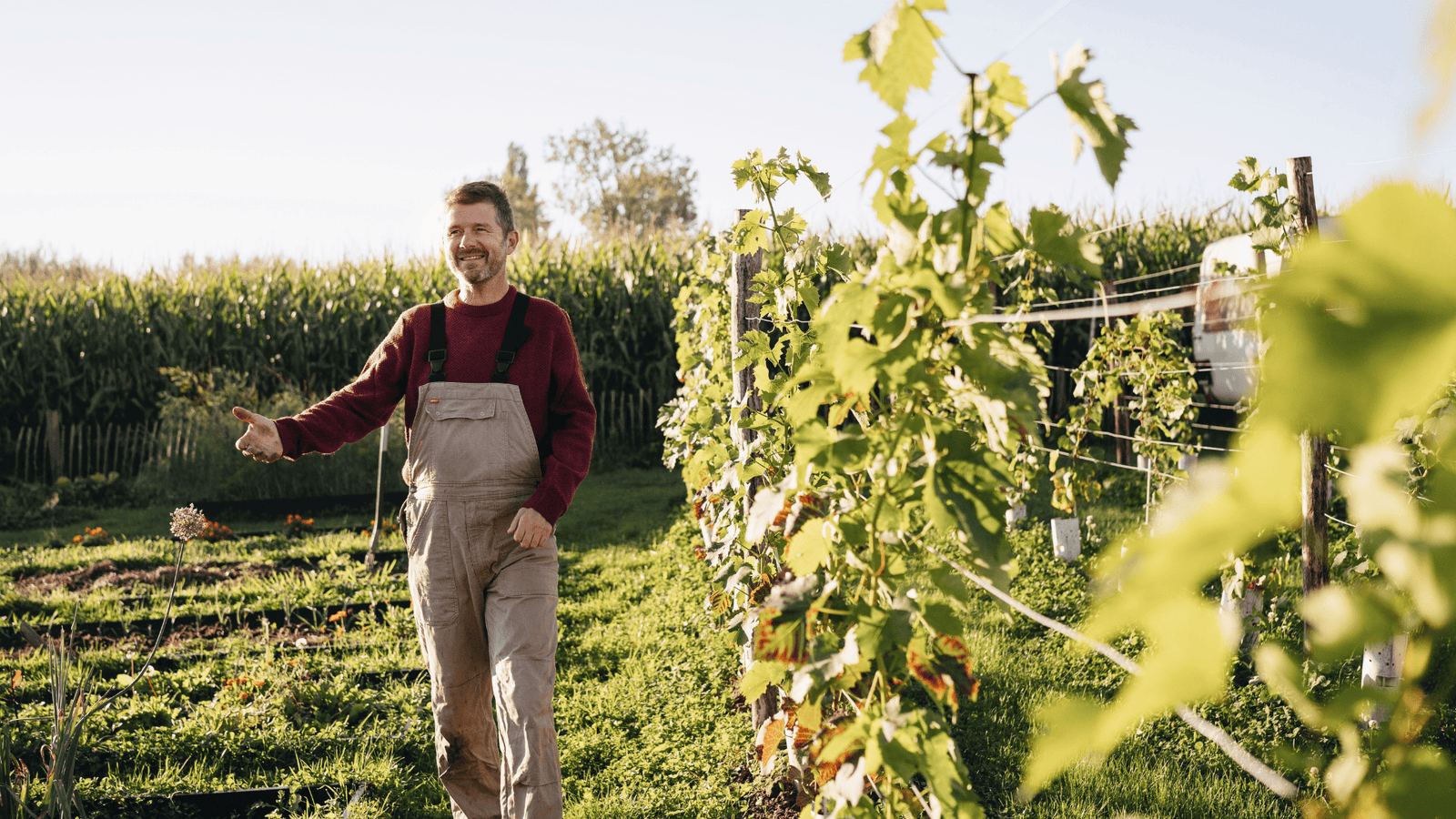

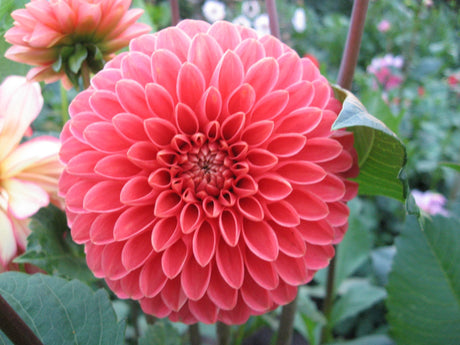
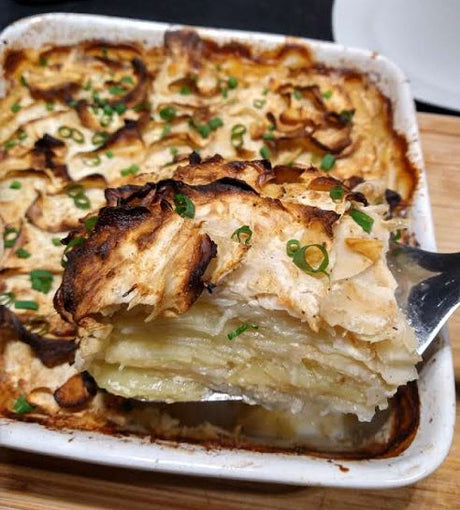

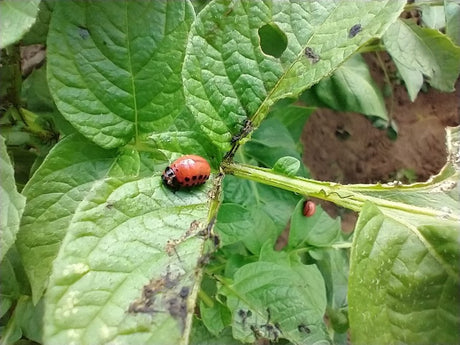

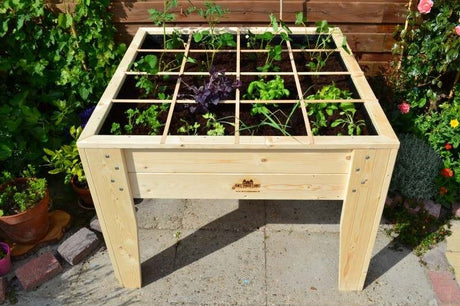


4 comments
Beste ik volg u al een tijdje ,, ik heb in spanje een wijngaard aangelegd van Bobal druif
het zijn stekken 1 jarige hoe te behandelen in de winter
blijkbaar moeten de stekken niet te veel w
Hoi Kiki, bedankt voor je bericht. Ik heb de links in dit artikel aanpast. Ik heb nog wat werk om alle artikels te herwerken maar dit komt er zeker nog aan. Groetjes, Tom
Heel leuk en leerzaam artikel!
Helaas werken de links naar o.a. de webshop en overige verwijzing niet door. Dat deel is dus niet leesbaar.
Geef dit even door aan je websitebouwer, hij/zij kan het verhelpen.
Groet,
Kiki
Heel leuk en leerzaam artikel!
Helaas werken de links naar o.a. de webshop en overige verwijzing niet door. Dat deel is dus niet leesbaar.
Geef dit even door aan je websitebouwer, hij/zij kan het verhelpen.
Groet,
Kiki